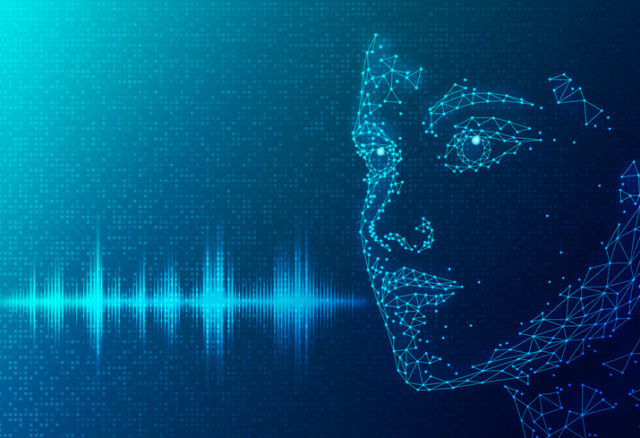
With the growth in popularity of large language models, such as ChatGPT and Google’s Bard, companies across industries are jumping at the chance to integrate AI. From manufacturing to moviemaking, administration to advertising, and finances to farming, AI is showing its potential as a powerful tool for improving productivity, reducing the rate of human error, and changing how organizations operate. However, there is one industry in which AI is still largely being held at arm’s length: healthcare.
This hesitation is understandable. When you’re dealing with something as important as people’s health, jumping headfirst into a new technology — especially one that relies on personal patient data to work — doesn’t necessarily sound like the best idea.
In reality, the healthcare sector is, in many ways, the ideal place for AI to be used. After all, it’s one of the few industries with access to a treasure trove of precisely the kind of high-quality data with which AI operates best.
With this kind of data at its disposal, AI could be swiftly put to use, automating a wide variety of administrative tasks, analyzing patient data sets to deliver predictive insights, and helping improve the efficiency of healthcare systems overall. In fact, the National Bureau of Economic Research found that incorporating AI into the healthcare system would save the U.S. alone as much as $360 billion every year.
Rather than taking a wait-and-see approach, then, the healthcare industry should begin embracing AI now in order to deliver a future that will benefit patients and providers.
Why healthcare is the perfect place to train AI
It’s become increasingly clear that, for AI to be of real service, data quality is just as important a consideration as data quantity. This is exactly why healthcare is the ideal partner for this technology — it offers a perfect combination of quantity and quality.
To start, although healthcare has large quantities of unstructured data, much of the data in healthcare is standardized in the form of diagnostic, lab, medication, and procedural data. AI can handle both structured and unstructured material, but high-quality structured material works best for training, giving healthcare an advantage over other industries. That means healthcare is already starting in a better place than most other industries. Consequently, radiology is one of the first specialties that has benefited from AI adoption due to the availability of vast amounts of structured data in the form of medical images.
Beyond this, healthcare boasts a diversity of data that many other industries lack. It’s more difficult for bias to seep into training models when the data pool consists of a wide variety of people with different backgrounds, genders, and genetic dispositions. Not only can AI be trained on different diseases, but also on different manifestations of each disease and different treatments. It’s a diversity that is, in many ways, a data scientist’s dream.
With such a diverse — yet structured— pool of data, AI can deliver a bevy of useful services to providers. It can not only help doctors diagnose diseases more quickly and accurately, but it can also guide them in the direction of the most effective treatments. AI can also find patterns that humans miss, aiding in the development of new treatments and cures and catching provider mistakes as soon as possible.
The result of this is healthcare that’s more personal, more efficient, and ultimately more affordable and accessible. It’s a win-win for everyone involved.
Of course, these benefits are built on the assumption that the right safeguards are in place and that there is access to diverse data. Implemented improperly, there are risks to using AI, both in terms of data security and questionable health advice.
Luckily, there are already options for institutions looking to keep data safe and ensure its integrity. Federated learning makes it possible for institutions to share data safely with each other, protecting private information while, at the same time, facilitating the diversity of data needed for effective AI models. As long as AI models are consistently monitored to ensure their integrity and the accuracy of their outputs, providers should be able to rest easy knowing that everything is working as it should.
The fact is, AI is already becoming a major part of healthcare — by the end of 2023, half of providers in the U.S. are expected to have deployed robotic process automation. Though healthcare is not usually an industry known for early adoption, in this case, the sooner healthcare can get on board with its benefits, the better off everyone will be.
Photo: ArtemisDiana, Getty Images








